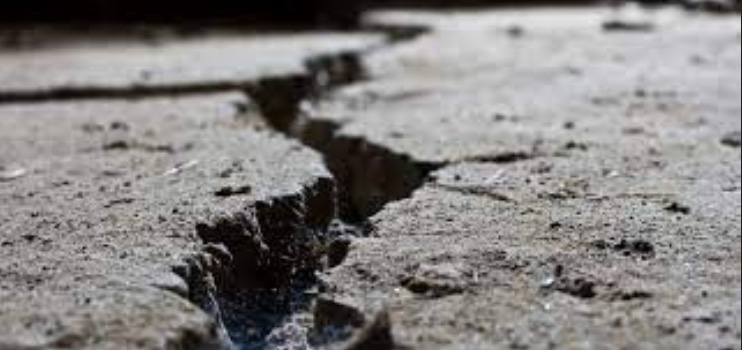When asphalt roads start to crack, it can be a major headache for drivers and pedestrians alike. Not only do they look unsightly and reduce the aesthetic appeal of an area, but they can also cause accidents and damage to vehicles. With that in mind, it's important to understand the different methods used to fill asphalt cracks.

One of the most common methods of filling cracks in asphalt is through hot-pour sealing. This involves using a heated sealant that is poured into the cracks to seal them off from any further damage. Hot-pour sealing is more rigid than other sealants, which makes it ideal for larger cracks, and it can last for several years without needing any further maintenance.
Another option is cold-pour crack sealing, which involves using an asphalt emulsion to fill in smaller cracks. This method is less expensive than hot-pour sealing and is more flexible, making it ideal for colder climates where asphalt is more prone to cracking. However, it may not be as long-lasting as hot-pour sealing.
For cracks that are too large for sealants, patching the area might be necessary. This involves removing the damaged part of the asphalt and replacing it with new asphalt. Patching is a more resource-intensive method, but it can restore the structural integrity of the road and prevent further damage from occurring.
Crack routing is another method used to fill large cracks in asphalt. This involves cutting out a section of the cracked area and filling it with hot-pour sealant. The cutting helps to create a better bond between the sealant and the surrounding asphalt, resulting in a stronger repair.
It's important to note that cracks in asphalt should be addressed as soon as possible, as neglecting them can lead to more extensive damage to the road. Regular maintenance and inspections can help prevent cracks from forming in the first place, ultimately saving time and money in the long run.
In conclusion, when faced with cracks in asphalt roads, there are several methods to fill and repair them, ranging from hot-pour sealing to patching. The best method for any particular situation will depend on the extent of the damage and the resources available. Regardless of the method chosen, timely maintenance and attention to cracks can save a lot of trouble and expense down the road.